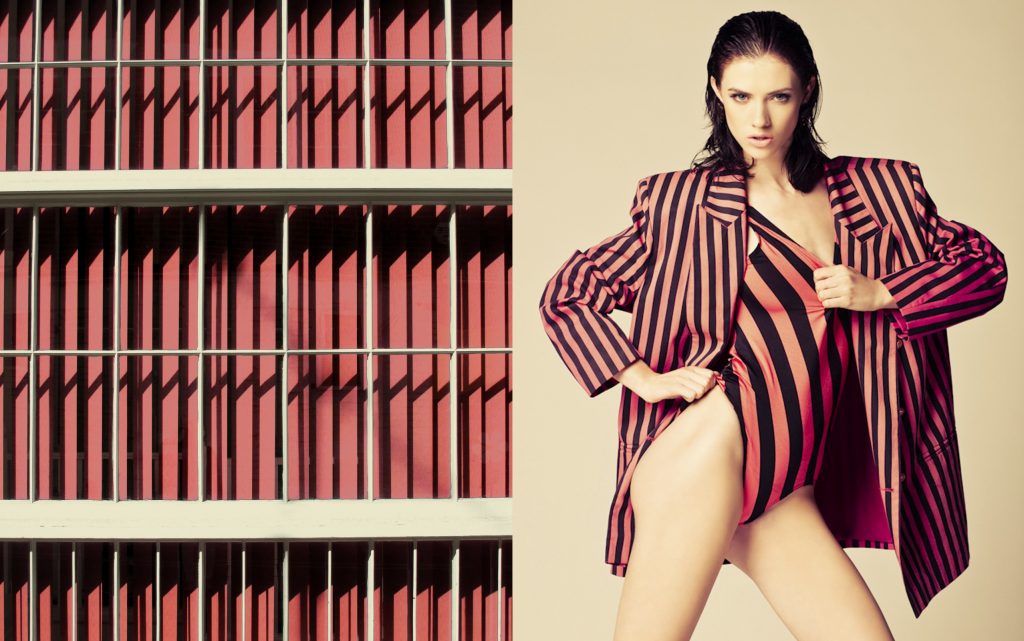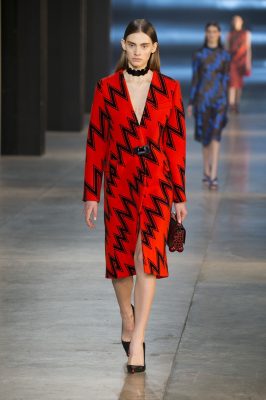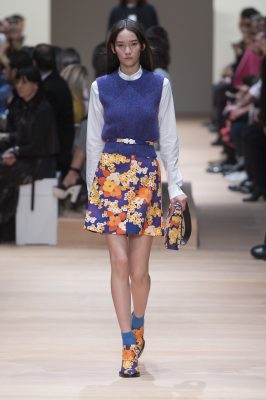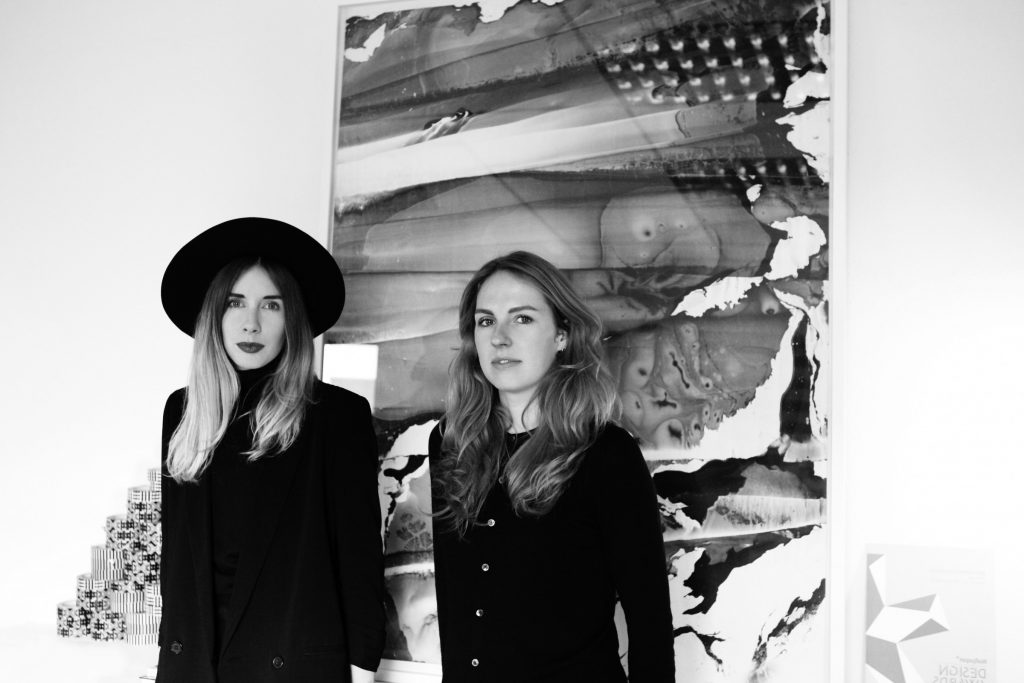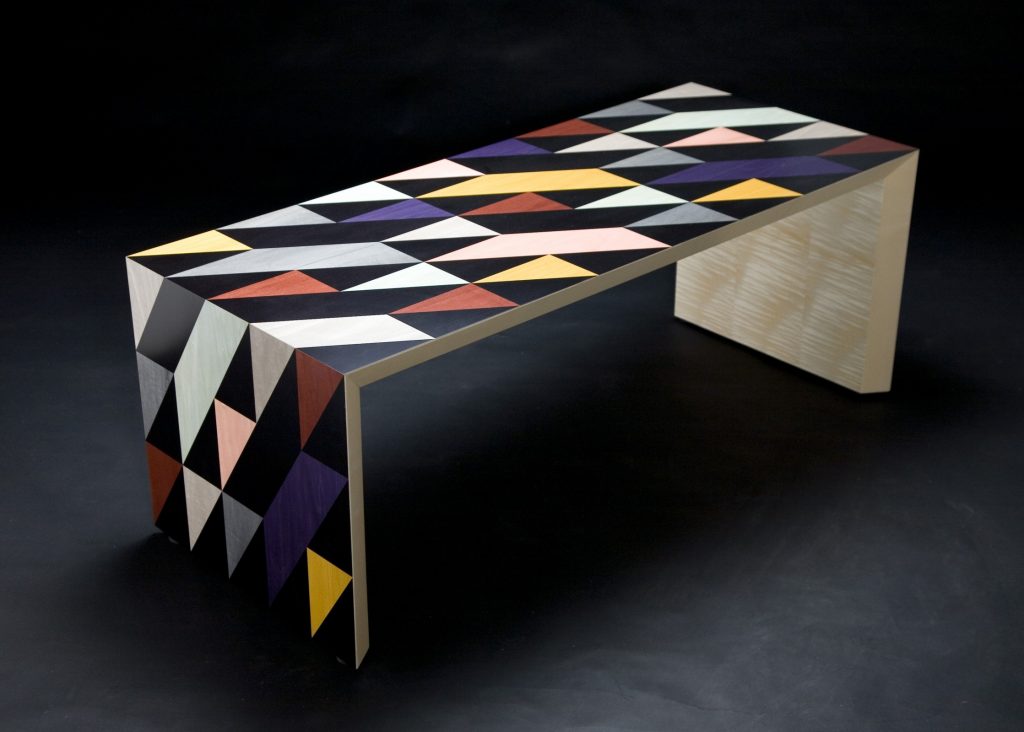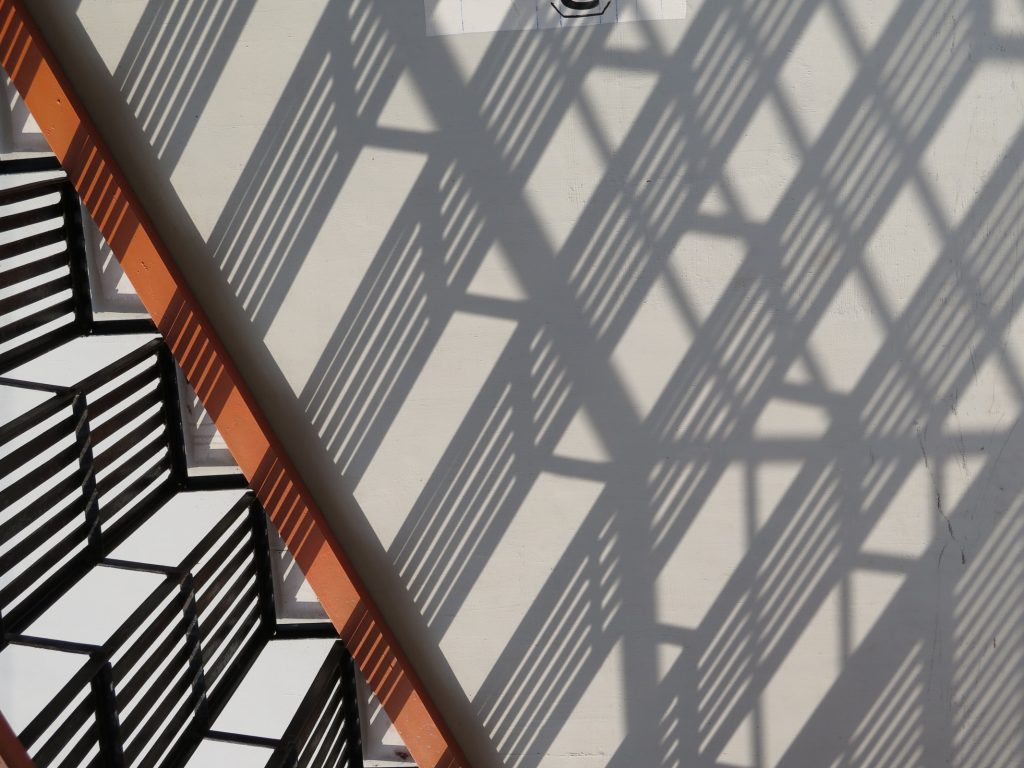Some people see pattern everywhere, from nature to art to science. Does a shared awareness of pattern have the power to positively shape our world? Anna Murray and Grace Winteringham, co-founders of Patternity certainly think so. We discovered a world of everyday pattern with Anna in July’s MOJEH.
By Natalie Trevis
There is beauty in the small things: a symmetrically paved street, a ridged leaf, polka dot t-shirt or sun dappled cloud, everyday patterns that bring a moment of positivity or gratitude into our busy lives. Patterns inform much of the human experience, from our understanding of the world we live in – mathematics is the science of patterns – to the wonder of the natural world and the aesthetics of what we wear, eat and drink. Patternity believe that the way we look at, hear or experience the small details can enhance our understanding of the wider world.
‘We are all inherently pattern-seeking creatures,’ says Anna Murray, co-founder of Patternity, which has grown from an online pattern archive to include a research and consultancy department, award-winning creative studio and a pioneering events and education hub. ‘People have learnt to understand and investigate the world through identifying patterns, or indeed identifying where they have been broken or don’t exist. From the shadows cast through railings on the pavement, to the Turing patterns seen on the skin of fish and cheetahs – pattern is undeniably everywhere, and it is through noticing these patterns that we can begin to question how things came to be, or even predict what might happen in the future.’ For Anna, pattern is a common thread that transcends the traditional boundaries between science, art and technology. ‘Pattern is a commonality that has the power to unite…from simple starting points such as the investigation of stripes or a spots, or the unseen patterns like sound waves.’
It tells a story on the runway too, whether in chaotic abstracts cascading down a dress or neat geometric prints on accessories. It’s capable of providing a sense of identity and is one of the ways designers seek to give their work a unique signature. Think of Paul Smith’s candy stripes, Matthew Williamson’s printed peacock feathers or Missoni’s zigzags. All recognisable in an instant. And easy to engage with too. Each one us own an endlessly appealing Breton striped top or checked shirt or simple pinstriped trouser. ‘For SS15, brands like DKNY and Jasper Conran used simple horizontal stripes in sunny colours to create garments reminiscent of days at the beach,’ says Anna. ‘Rick Owens’ pieces reminded us of Brutalist concrete shapes, where the Boss collection showed more modern lines, sparking ideas of futuristic towering glass structures.’
Actress Drew Barrymore is a believer in the joy of hidden pattern. Her 2014 book of photography, Find It In Everything, examines the hidden heart shapes she sees everywhere she goes. ‘I have always loved hearts,’ she writes. ‘The way that one continuous line accomplishes the most extraordinary thing – it conveys love.’ Barrymore began seeing the shape in everything from litter on the ground to fragments of the light. ‘It was nature saying, ‘I love you’. It was a scientifically explainable moment that generated the international symbol of love…And that is why I try to find it in everything.’ That’s the positivity of pattern. Noticing a perfectly aligned shadow or the chaotic fractal pattern on a seashell can make you smile, feel connected to the world for a moment or offer a note of inspiration whatever your field of work. If you think about it, any of the five senses can experience pattern; even newborns respond better to high contrast graphic patterns in the first six months of life. ‘In a world overloaded by stimulation, pattern helps to make sense of the chaos, helping us to become more mindful and more engaged with the everyday,’ says Anna. ‘We encourage people to notice the patterns that they walk over or pass in the street, eat, and even sleep and think in, in order to create a greater awareness of the world we inhabit.’
The ‘Patterniteam’ constantly seek to connect with and inspire each other, gathering each day for a round table meeting (at a perfectly striped SUM table made by co-founder Grace’s father, Toby Winteringham) and undertaking research expeditions around the world (patternitrips, of course). ‘Most recently, a trip to Lanzarote uncovered otherworldly volcanic landscapes and tropical flora and fauna. A visit to the César Manriqe Foundation – celebrating the artist, architect, writer, ecologist and activist who successfully protected Lanzarote from over zealous and corrupt tourism developments that swept across the Canaries during the 70s – has since become a huge source of inspiration for us philosophically.’ Their work often crystallises in design collaborations, whether creating patterns for an ethical knitwear collection for Chinti & Parker, crockery for Richard Brendon or working with the Imperial War Museums to tell the story of the Dazzle Patterns that were used to camouflage battleships in the First World War.
So look around right now, what do you see? The radial spokes on a fan or the grain of a floorboard, all little bits of pattern and order in a chaotic world. Patternity will keep on reminding us to see beyond the mundane. A thought especially relevant in the Middle East where we are surrounded by Arabesque art and architecture that relies on geometric and vegetal patterns reflecting the underlying order and unity of nature. ‘The Middle East employs patterns in every day surroundings much more readily than in the West, so if anything there is a greater understanding of the power and influence pattern can have on a space, or the meaning it can imbue by its presence,’ says Anna. ‘Pattern is a universal language.’

